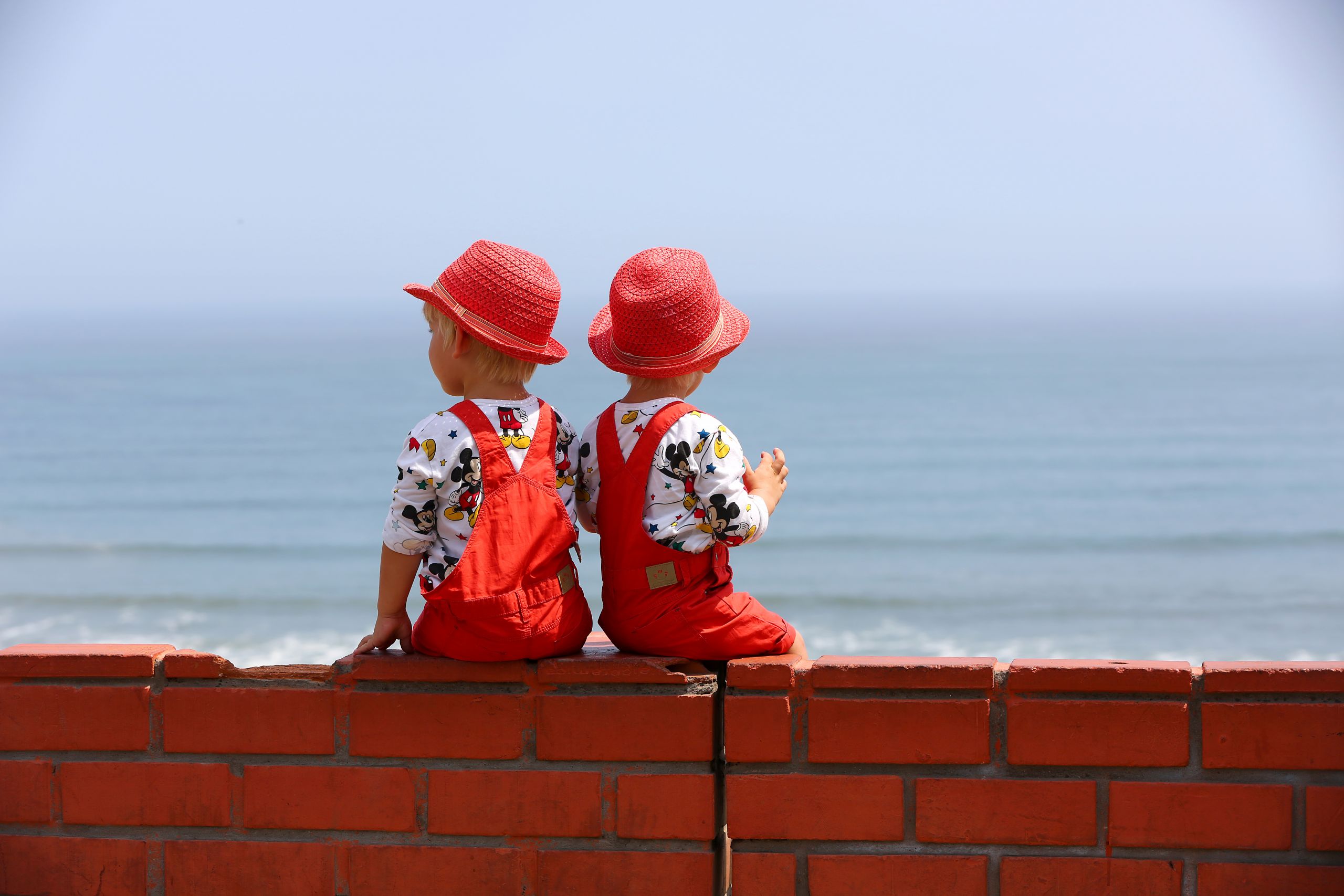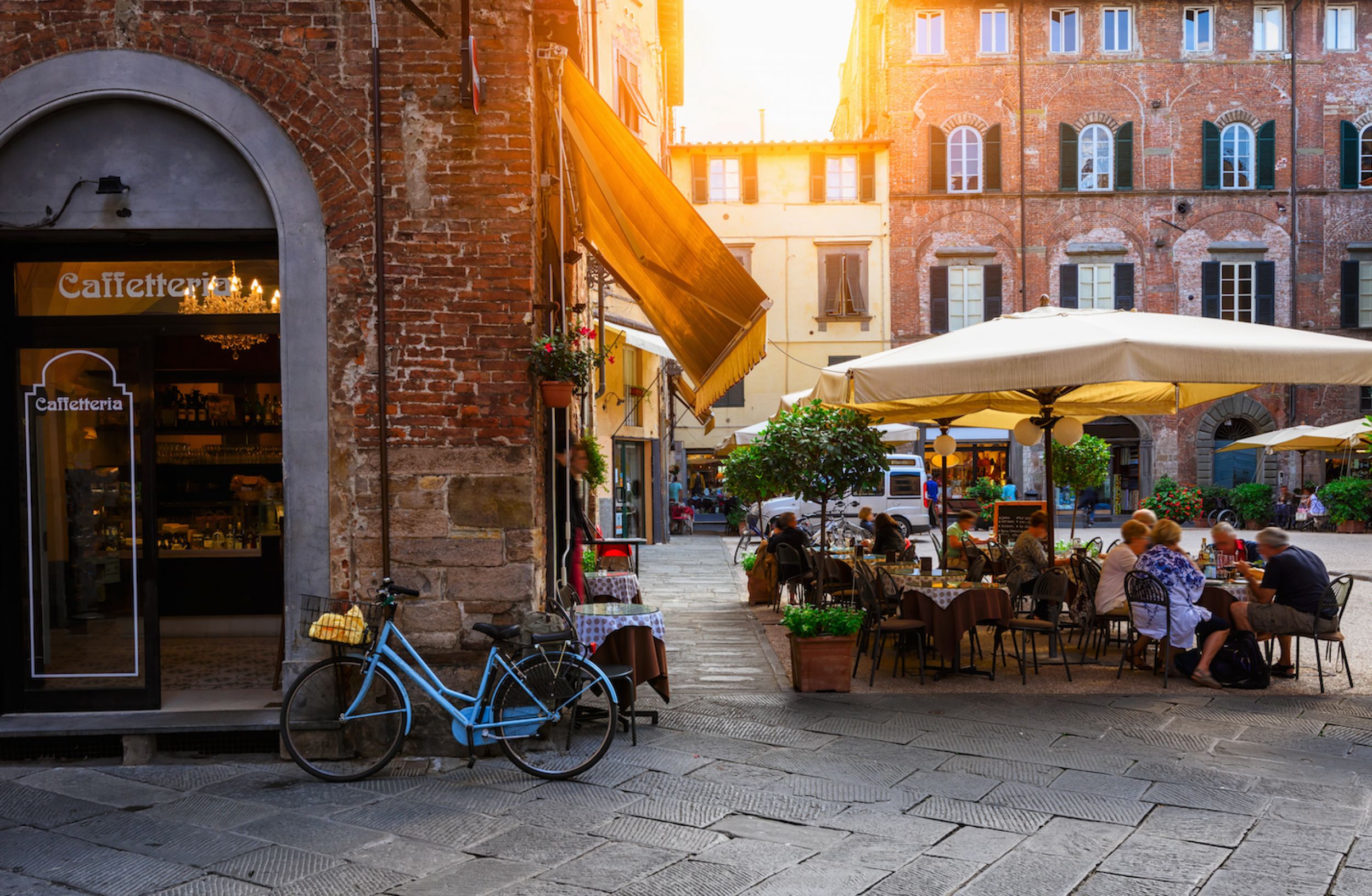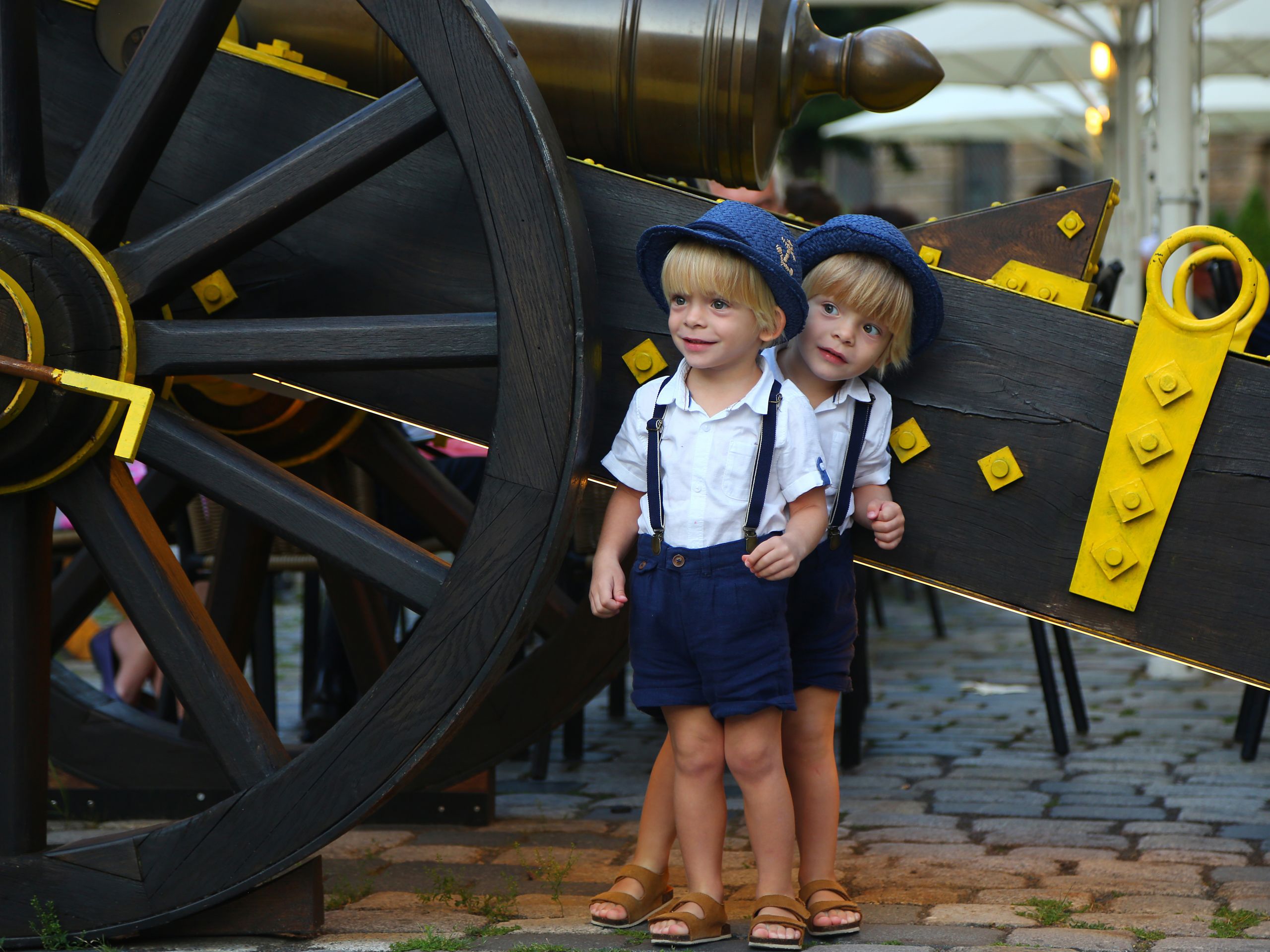Climate
Lima is located in a tropical zone, so we expected warm weather and occasional showers. But the climate is unique in the capital: it’s a tropical desert! It rains here almost as rarely as in the Sahara.
The city’s coast is washed by the cold Humboldt Current, starting from the shores of Antarctica, while the other part of the city is covered by mountain ranges creating a kind of a shield. That’s why the humidity level in Lima is really very high, but instead of abundant precipitation, low thick clouds often hover over the capital.
We noticed this feature of the local climate on the very first day of our stay. It was a sunny day when we got to our flat and started to unpack. But then, within a few minutes, the city literally disappeared. It was shrouded in a white blanket, and it was impossible to see even the neighbouring building.
First, we couldn’t understand what had happened, as fog can’t form so quickly, especially in the middle of the day. Later we found it was a common thing in Lima. The fog covered the streets several times a day and lifted as quickly as it appeared.
We felt the high humidity of air all the time. We often woke up at night because our bed, clothes, and hair got wet. And it had nothing to do with the heat. It seemed like condensation just formed on the skin.
Fog can suddenly envelop the city at any time of the day.
It wasn’t easy for us to live in such conditions. We started to cough and sometimes had difficulty breathing. Robert and Michael Jr also tolerated the humidity badly. Plus the air temperature often changed sharply. We could go out in T-shirts, but an hour later, we had to put on sweaters as it became chilly. Maybe, we would have got used to the local climate later and felt better. But two weeks is not enough for acclimatization.
Old Town
Having studied the list of landmarks, we decided to go to the Old Town included in UNESCO’s World Heritage List. The Plaza de Armas is the heart of tourist activity. That’s where the first houses were built by the Spanish in the 16th century. For centuries, the square had been the place where corridas and public executions were held. And in 1821, the independence of Peru was proclaimed here.
The Plaza de Armas, decorated with a huge stone fountain and colourful flower beds, is surrounded by remarkable buildings. The Basilica Cathedral of Lima is one of the most important places for locals. The construction of the exemplary colonial building started in 1535. The first stone was laid into the foundation by Francisco Pizarro, the founder of the city, himself. The conquistador was also buried here. In the evening, when the cathedral is illuminated, it looks truly majestic.
The church neighbours a gorgeous building of the Archbishop’s Palace decorated with carved cedar and mahogany balconies.
By the way, wooden balconies with intricate carvings and fine details are Lima’s trademark.
The Old Town alone has over 1,600 ones, and each of them is a masterpiece: open balconies with massive balustrades, closed balconies with wooden grids, through which noble ladies could admire the view of the city while staying hidden from passers-by. All of them look impressive.
There are actually so many terraces that they were even dubbed ‘streets in the air.’
Saint Francis Monastery (Basílica y Convento de San Francisco) located near the Plaza de Armas is a great example of baroque architecture. Tourists are allowed to go under the building and see the catacombs, where over 75,000 people are buried.
The elegant Government Palace located by the Rímac River is also worthy of attention. By the way, it has always been occupied by some kind of authorities. First, there was the Inca Emperor’s Palace, then, the House of Pizarro, and now it’s the residence of the president. Unfortunately, there’s almost nothing left from the initial construction as it was destroyed by an earthquake. But it’s nice to walk along the palace at noon, when the ceremonial changing of the presidential guard takes place.
We noticed that here traditional colonial architecture was mixed with Indian motifs and even elements of Moorish art. Many buildings (the Municipal Palace of Lima, the Union Club) have their own inner yards and a facade decorated with horseshoe-like arches. This unusual style even has a name: mudéjar.
One day we got to a religious procession (Easter was approaching). A large crowd of people accompanied by a playing orchestra was carrying figures of the Virgin Mary, Jesus, and Catholic saints on small platforms decorated with flowers.
The citizens wishing to watch the procession looked out of their windows. Michael Jr and Robert studied the colourful decorations with interest and enjoyed the live music and the sounds of drums that they liked so much.
Fountain Park (Parque de la Reserva)
Right near the Old Town, there’s the Fountain Park, one of Lima’s most famous landmarks listed in Guinness World Records.
You should pay to enter it and there are always lots of people by ticket offices, but the park is worth the wait.
There are a few dozen fountains of different sizes in the park.
We saw both small springs, decorated with cute sculptures, and huge multilevel fountains, whose streams were up to 80 metres high.
There are also arches forming a tunnel from water streams, through which you can walk, and even a fountain where you’re allowed to bathe.
In the evening, the water is illuminated with colourful lights, which looks really gorgeous. Robert and Michael Jr were thrilled to watch the laser show, and we had a lot of fun too.
Fortunately, the park worked till late, so we managed to walk around, look at all the exhibits, enjoy the magnificent illuminations, and take beautiful photos.
Air Show
On one of the days of our stay, we were awakened by the noise of planes. The sounds were so loud it seemed that aerial attack had begun. Later we found that an air show was organized in Lima on the occasion of Aviation Day.
The performance was spectacular. Dozens of planes—both civil and military—were soaring in the sky above the city.
Rescue helicopters demonstrated the process of water intake in the case of fire, while fighter jets were performing piloting wonders. The planes were flying alone and in pairs painting complicated figures in the sky. It looked incredibly beautiful and very fearful (and loud!) at the same time.
We were thrilled by the air show, but the boys didn’t like the performance that much. A huge crowd of spectators and loud fighter noises frightened them. Robert and Michael Jr quickly got tired of the noise and started to cry, so we decided to come back home.
However, the noise of jet engines could be heard even in the flat for several more hours.
Museo Larco
Lima has lots of museums and art galleries, and the one that interested us most was the Larco Museum dedicated to ancient Indian peoples. The museum started as a private collection of Rafael Larco Herrera who acquired about 600 archaeological artefacts in 1925. The number of exhibits grew every year, and now the collection includes over 45,000 objects and is considered one of the largest collections of pre-Columbian art.
The museum is divided into five galleries which contain not only objects that belonged to Incas, but also artefacts of other cultures: Chavín, Nazca, Moche, and Paracas.
We were impressed by the ceramics exhibition displaying sculptures, decorative statuettes, and ancient crockery.
It was just amazing how precisely the faces were moulded and how neat and symmetrical the ornaments were. It’s even hard to believe that such precise, delicate work could be done without any technical equipment.
The textile gallery showcases fabrics and elements of clothing. We even saw a quipu—knot writing, or rather a record-keeping system invented by Incas. Tying knots on thin strings, ancient Indians could count literally anything. Mathematicians still can’t fully decode their system. There are not many quipus left today—just 400 items scattered around the world’s museums.
Larco’s collection includes a set of ancient jewellery and gold items as well as a few mummies demonstrating the Indian civilization’s progress in medicine: before neurosurgery appeared, Peruvian natives successfully performed trepanation (the procedure seems to have had some sacred meaning to them).
We got a lot of impressions from studying the museum’s huge collection and realized once again how interesting it was to travel through a country with such ancient history and traditions.






Leave A Comment